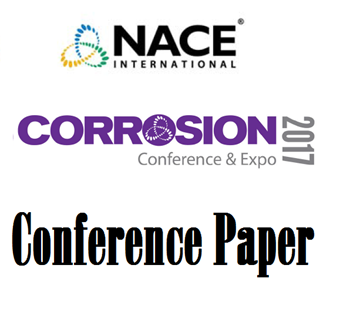Search
98327 DEGRADABLE CHELATING AGENTS FOR DECONTAMINATION AND CHEMICAL CLEANING
Also Purchased
96522 CHEMICAL CLEANING AND PASSIVATING WITH VARIOUS METALLURGICAL CONCERNS IN HVAC SYSTEMS
Product Number:
51300-96522-SG
ISBN:
96522 1996 CP
$20.00
51317--9489-Stochastic Modeling of Non-Uniform Corrosion of Carbon and Low Alloy Steel during Chemical Cleaning
Product Number:
51317--9489-SG
ISBN:
9489 2017 CP
Publication Date:
2017
$20.00
03650 A METHODOLOGY FOR THE EVALUATION OF CHEMICAL TREATMENTS USED IN CLEANING OF REFINERY COMPONENTS AND EQUIPMENTS
Product Number:
51300-03650-SG
ISBN:
03650 2003 CP
$20.00




